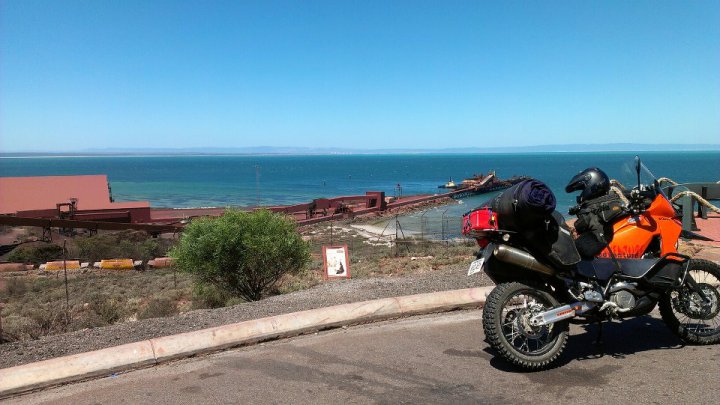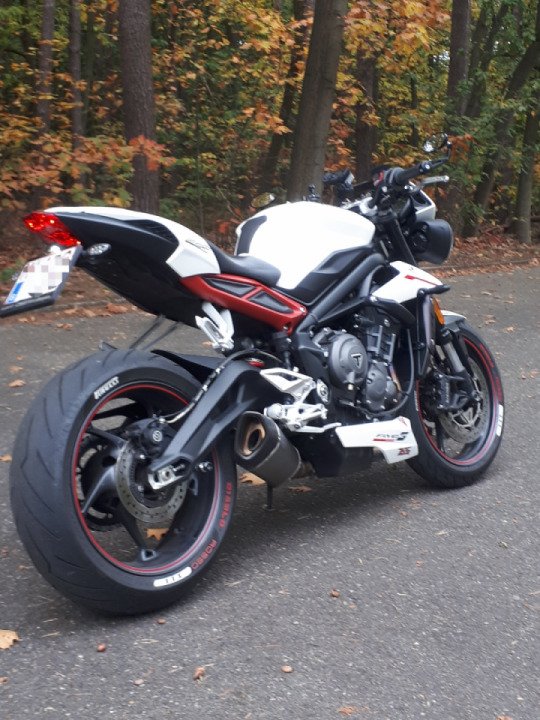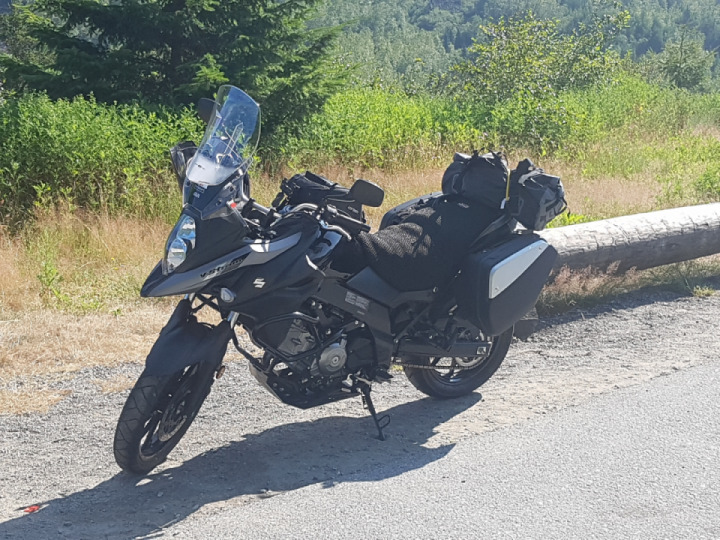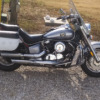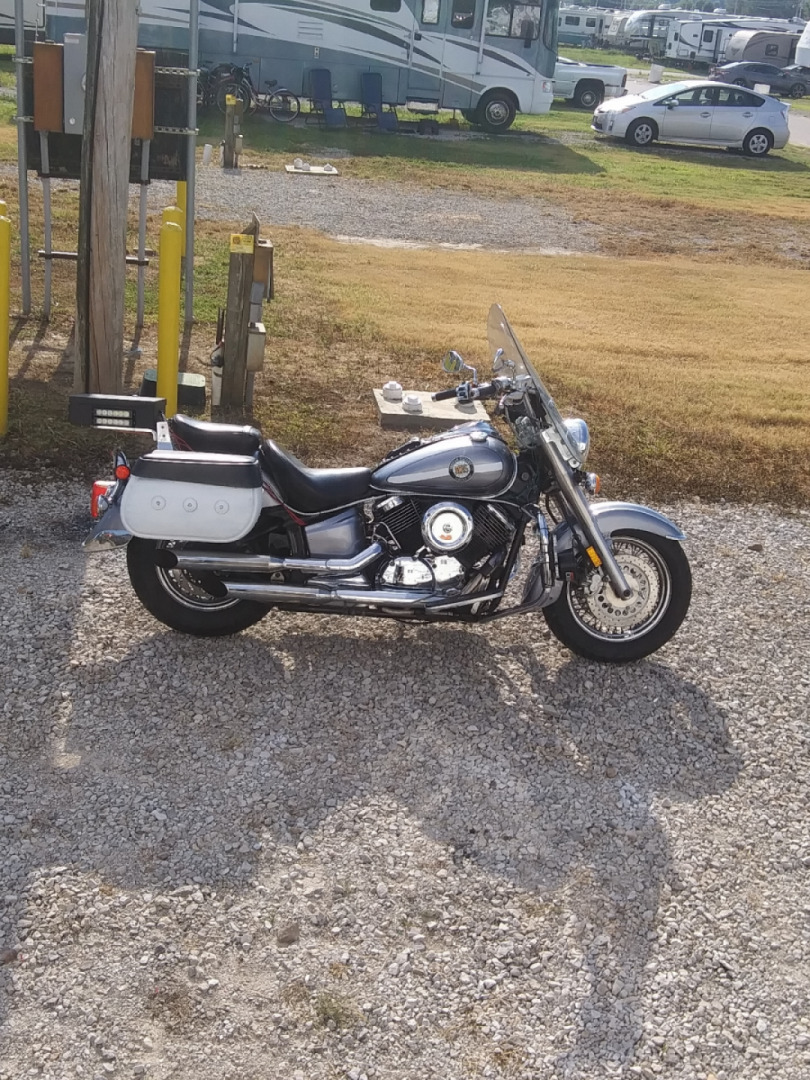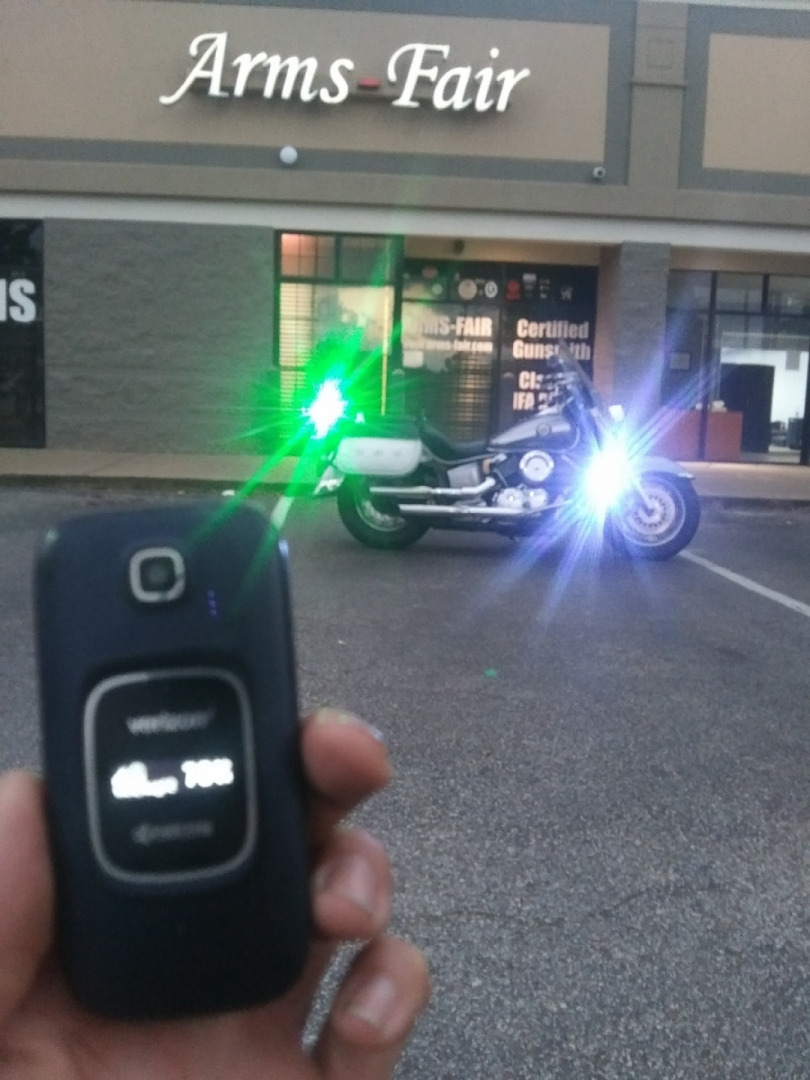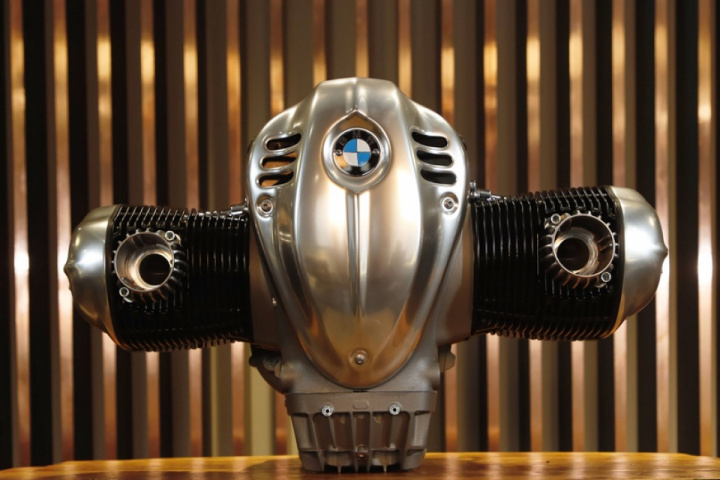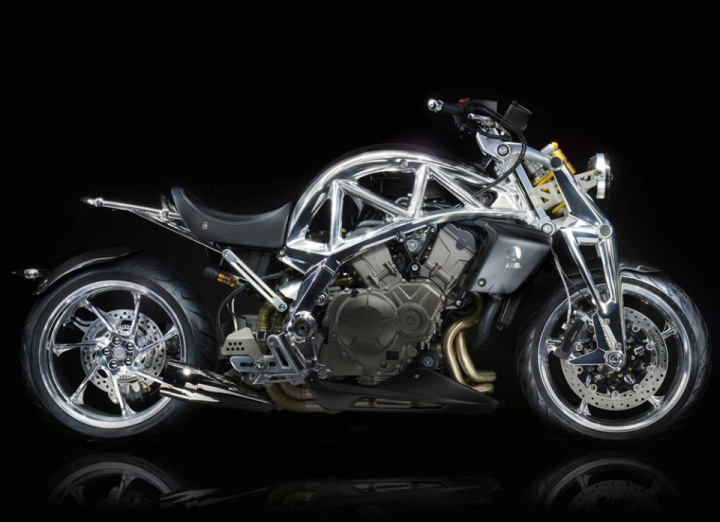
-
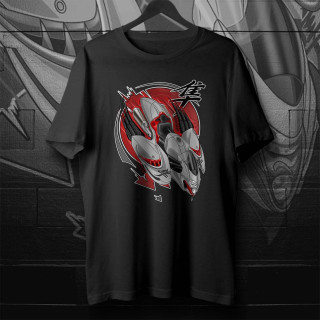 T-Shirt Suzuki Hayabusa Falcon 2021-2024
T-Shirt Suzuki Hayabusa Falcon 2021-2024 -
 T-shirt Suzuki Boulevard M109R “Bull”
T-shirt Suzuki Boulevard M109R “Bull” -
 Set of 3 stickers BMW S1000RR "Shark" 15 -17
Set of 3 stickers BMW S1000RR "Shark" 15 -17 -
 Hoodie Harley-Davidson Road Glide "Octopus"
Hoodie Harley-Davidson Road Glide "Octopus" -
 Set of 3 stickers Yamaha Vmax “Bull”
Set of 3 stickers Yamaha Vmax “Bull” -
 Set of 3 Stickers Suzuki GSXR Hayabusa Falcon 2008-2020
Set of 3 Stickers Suzuki GSXR Hayabusa Falcon 2008-2020 -
 Mug Suzuki GSX-S 750 "Ram"
Mug Suzuki GSX-S 750 "Ram" -
 Poster Harley-Davidson Iron 883 “Beast”
Poster Harley-Davidson Iron 883 “Beast” -
 Hoodie KTM 1290 Super Duke GT “Centipedes”
Hoodie KTM 1290 Super Duke GT “Centipedes” -
 Mug New Honda MSX125 "Grom Life"
Mug New Honda MSX125 "Grom Life"
A few days ago we informed you about plans to send Suzuki motorcycle to the moon. It sounded a bit unreal, but NASA has already had a similar project.
In the late 60s NASA almost sent a mini motorcycle to the moon instead of the familiar Apollo lunar buggy, it has been revealed.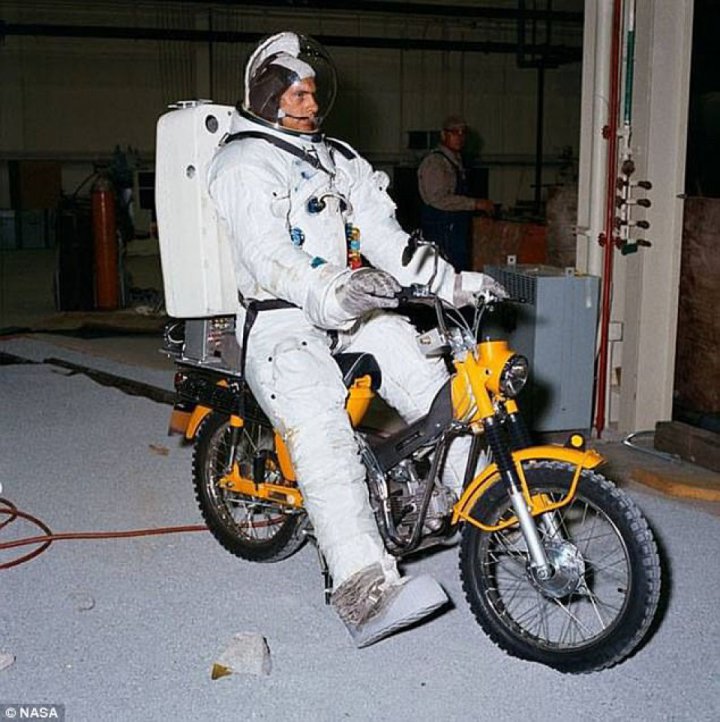
Some latest images show how astronauts in full spacesuits were testing various mini motorcycles. This project was confidential and was developed in case the Apollo buggy was not finished in time, but never reached orbit.
NASA investigated several different models of transporting astronauts across the lunar surface. As America was going through its minibike boom in the late 1960s, so there was plenty to choose from in addition to this commercially available Honda CT90 minibike. This bike was NASA’s first try to figure out if it was possible to ride the bike in spacesuits. Engineers in Apollo suits were testing bikes in different obstacles.
The most trustworthy information about the lunar vehicle is given in the book Apollo: The Lost and Forgotten Missions. So, the book gives the following brief account: “Various modes of transporting astronauts across the lunar surface were evaluated for the Apollo programme”.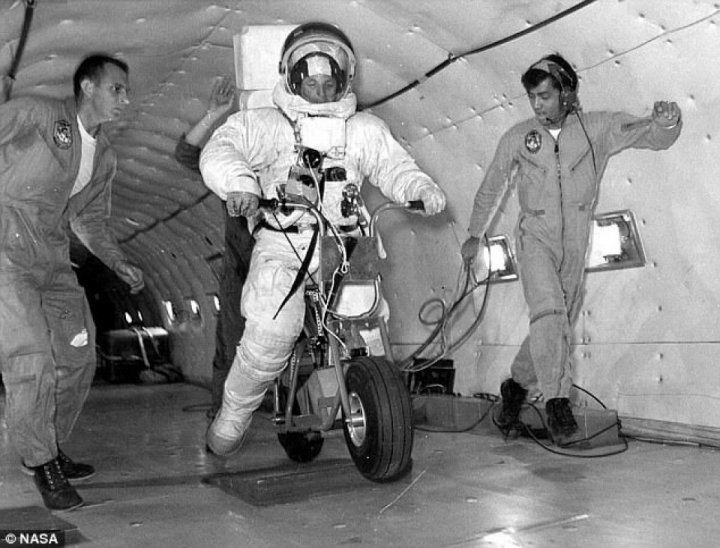
Finally, NASA did make a full electric lunar minibike with a 5/8ths horsepower motor and a 30 amp-hour battery, presumably using the same non-rechargable silver-zinc potassium tech that Boeing and GM developed for the Lunar Rover. The bike was for tests aboard zero gravity flights known as the 'vomit comet' to replicate lunar gravity.
As AmericaSpace explained in 2012, the lunar motorcycle, an electric mini-bike to be exact, was that we never really needed it. “A prototype was under development in 1969 for use on Apollo 15. It was a backup method in case the Lunar Roving Vehicle, the LRV colloquially known as the Moon Buggy, wasn’t ready in time for the mission’s launch”.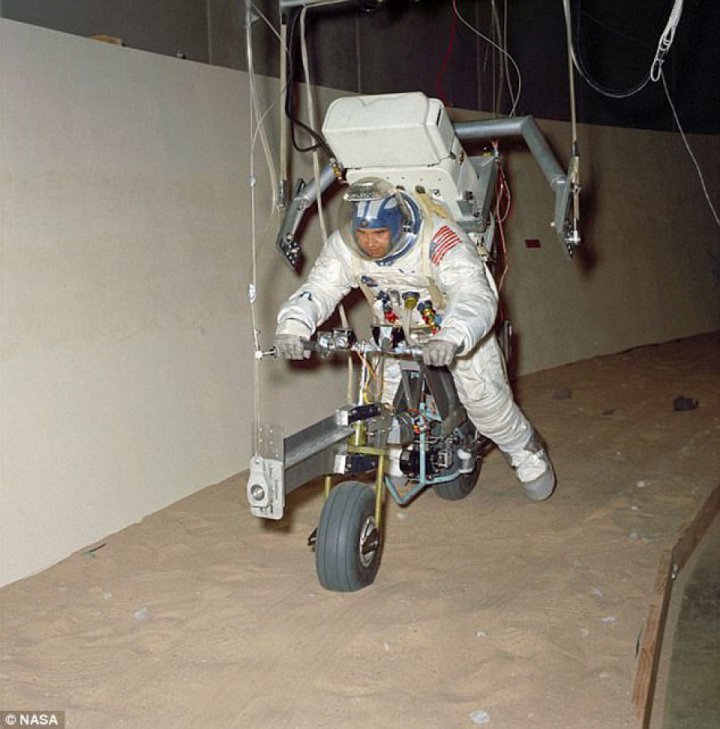
There were talks about the mini bikes incorporated into later Apollo missions as well. But the LRV was ready and the lunar bike was sort of a backup plan that never materialized and never really needed to.
However, the closest the mini-bike ever got to space was prototype tests in a 1/6th gravity environment in 1969 in NASA’s Vomit Comet.
Without any atmosphere on the moon to absorb the heat of the lunar motorbike’s motor, the frame of the bike was designed to absorb some of the motor’s heat, and 2kg of beeswax was used to insulate the battery. Once the wax got too hot, astronauts would just stop and wait for the wax to re-harden and set off again.
David Gordon Wilson, a mechanical engineer from MIT, suggested a bike as an option for NASA’s moon exploration. He argued bicycles were smaller, lighter, and wouldn't need the power sources rovers did. Wilson advocated for a two-seated quadracycle that would have astronauts pedalling in tandem across the lunar surface.
Credit:americaspace



